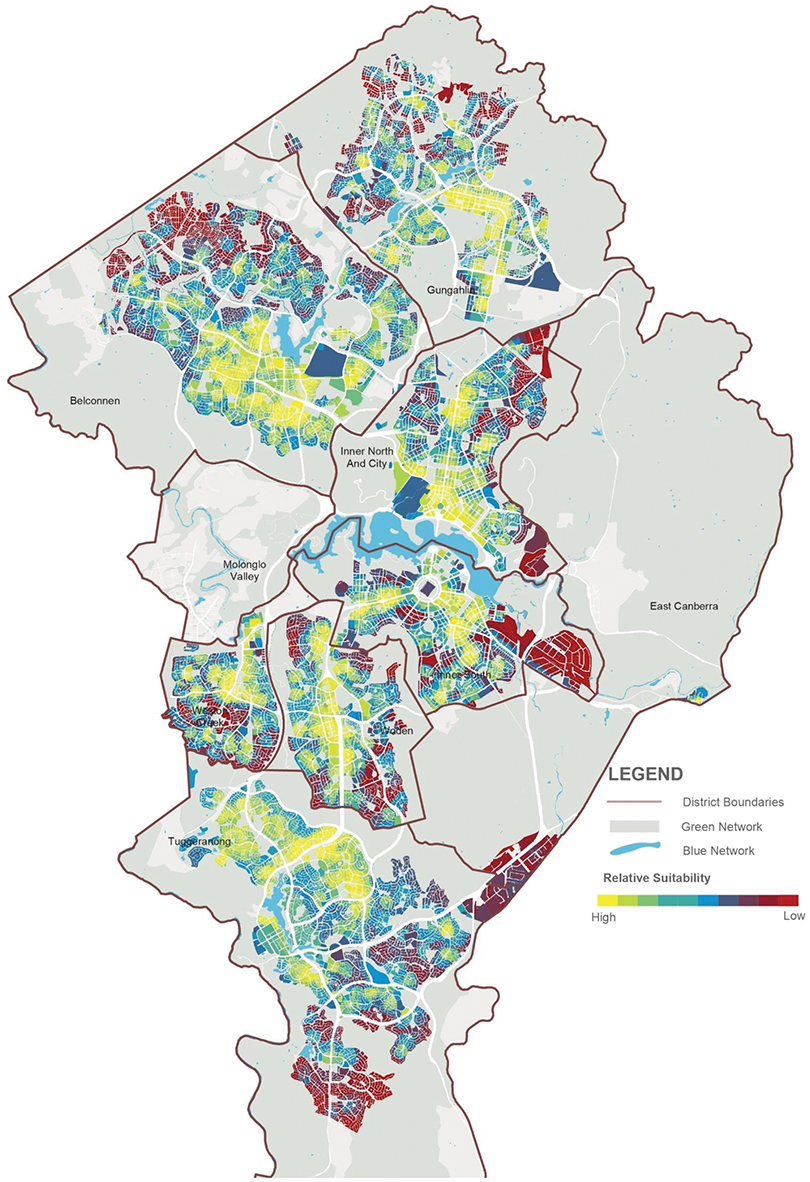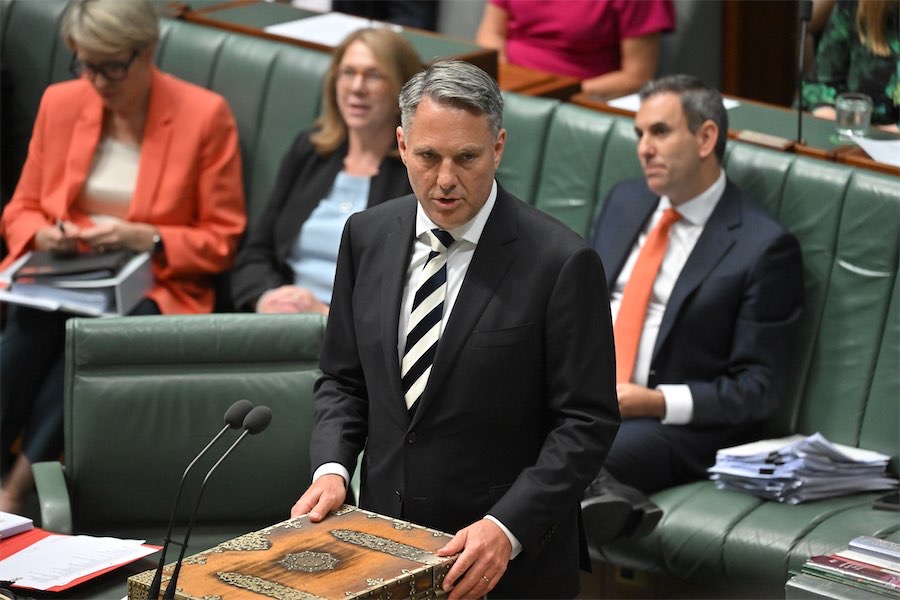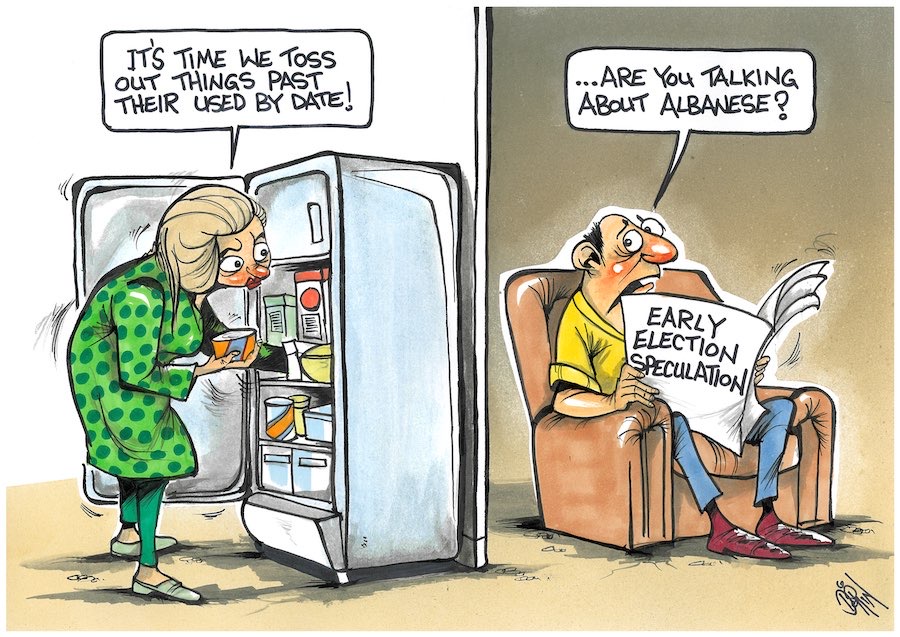“The main lesson from history is that the cancerous yellow identifiers on the Draft Canberra Plan set to engulf our city will have much broader ramifications than simply land planning,” writes political columnist MICHAEL MOORE.
“Those that fail to learn from history are doomed to repeat it.” The words of Winston Churchill ring true for the government of the ACT.

The Labor and Greens parties are heading for electoral defeat at the next election just as Labor did in 1995.
The cancerous yellow identifiers on the Draft Canberra Plan, that will tear away at the Canberra we know and love, have all the hallmarks of a previous attempt to adopt an extensive infill policy. The approach at the time proved hugely unpopular in the years leading up to the third ACT election.
Then Planning Minister, Bill Wood, was attempting to be open and transparent about the planning future of Canberra. His planning advisers persuaded him that the most efficient way to meet Canberra’s development needs was to earmark every area of infill available.
These were coloured pink on a draft map of Canberra and an argument put that they were absolutely necessary for the future development of the city. Although the language may have varied at the time, they were also earmarked for “future investigation”. The equivalent of the current yellow malignancy in the current draft plan was referred to at that time as “the pink bits”.
Just like the yellow bits on the current plan, the pink bits became a rallying point for almost every established suburb in Canberra. As recently as the year 2000, for example, the Weston Creek Community Council recorded in its minutes an answer about the historical threat to open spaces.

The minutes include a response to a question “regarding the change in the territory plan of public open spaces to residential in 1993”. The response included: “The pink bits were undefined land use for later zoning. As there were significant protests regarding the clarity of the intended use of the ‘pink bits’, these were defined in the final territory plan”.
The outcome of the heated debate regarding the pink bits eventually meant that the Carnell Liberal government would come into power in early 1995 after a very poor electoral performance by the Labor government.
Even five years later, there were concerns from residents regarding development applications on green spaces such as ovals and open space areas such as that next to Streeton Drive in Weston Creek. The former “pink bits” in the Draft Territory Plan continued causing significant angst amongst residents for many years.
A key political issue through the years preceding the 1995 election was framed around those “pink bits”.
In taking lessons from history, it ought to be noted that the “pink bits” of that era were minor compared to the great swathe of yellow malignancy that provides such a broad threat to existing green spaces, ovals, playgrounds, parks and existing homes across Canberra.
The consultation process at the time was supposed to ease the fears of Canberrans about the impact. The same has been true for the current process that has been pursued by the planning directorate over the past few months.
“The Canberra Times” reported in 1992 chief planner George Tomlins arguing: “There were 1500 calls on the ACTPA’s [ACT Planning Authority] hotline, and 800 people attended the seminars and workshops, resulting in 1020 written submissions”.
This was just the start of a long process. He added: “That’s not including the furore over the controversial investigation areas or ‘pink bits’, which resulted in a myriad of community action groups determined to save their favourite park or open space from urban infill.”
Journalist David Sibley wrote that “until the ACT government panicked and pulled the ‘pink bits’ out of the plan during the run-up to last February’s election, debate over it had become probably the hottest issue of a fairly lacklustre campaign”.
The issue remained on the table with individual residents and community groups losing faith in the consultation process and in government itself.
The main lesson from history is that the yellow cancer that is set to engulf our city will have much broader ramifications than simply land planning.
The last word belongs again to Winston Churchill: “Study history, study history. In history lies all the secrets of statecraft”. It is a message that will be ignored at the risk of their peril for Labor and the Greens.
Michael Moore is a former member of the ACT Legislative Assembly and an independent minister for health. He has been a political columnist with “CityNews” since 2006.
Who can be trusted?
In a world of spin and confusion, there’s never been a more important time to support independent journalism in Canberra.
If you trust our work online and want to enforce the power of independent voices, I invite you to make a small contribution.
Every dollar of support is invested back into our journalism to help keep citynews.com.au strong and free.
Thank you,
Ian Meikle, editor





Leave a Reply